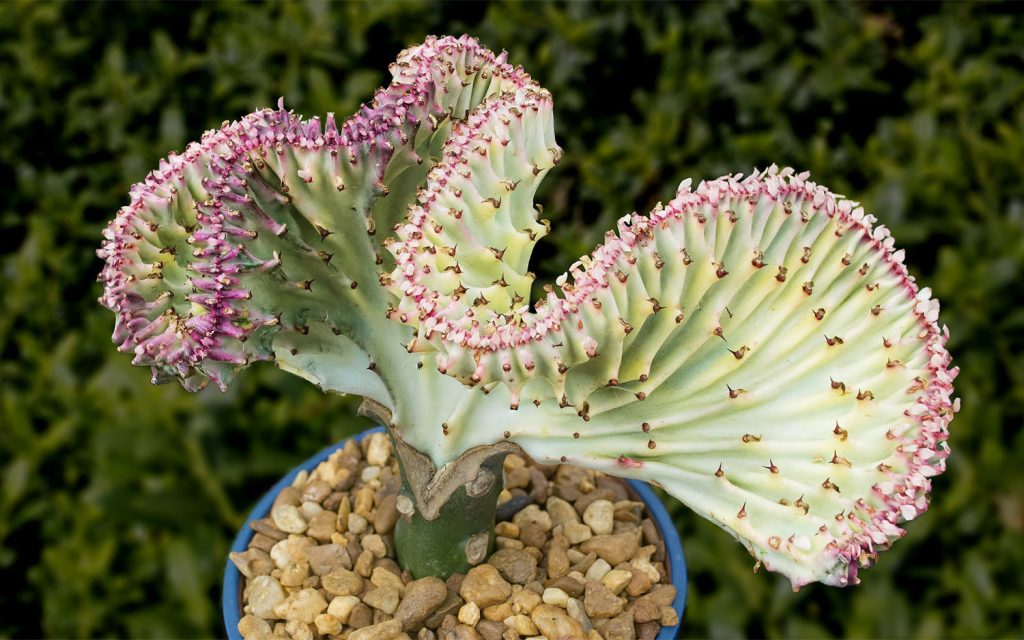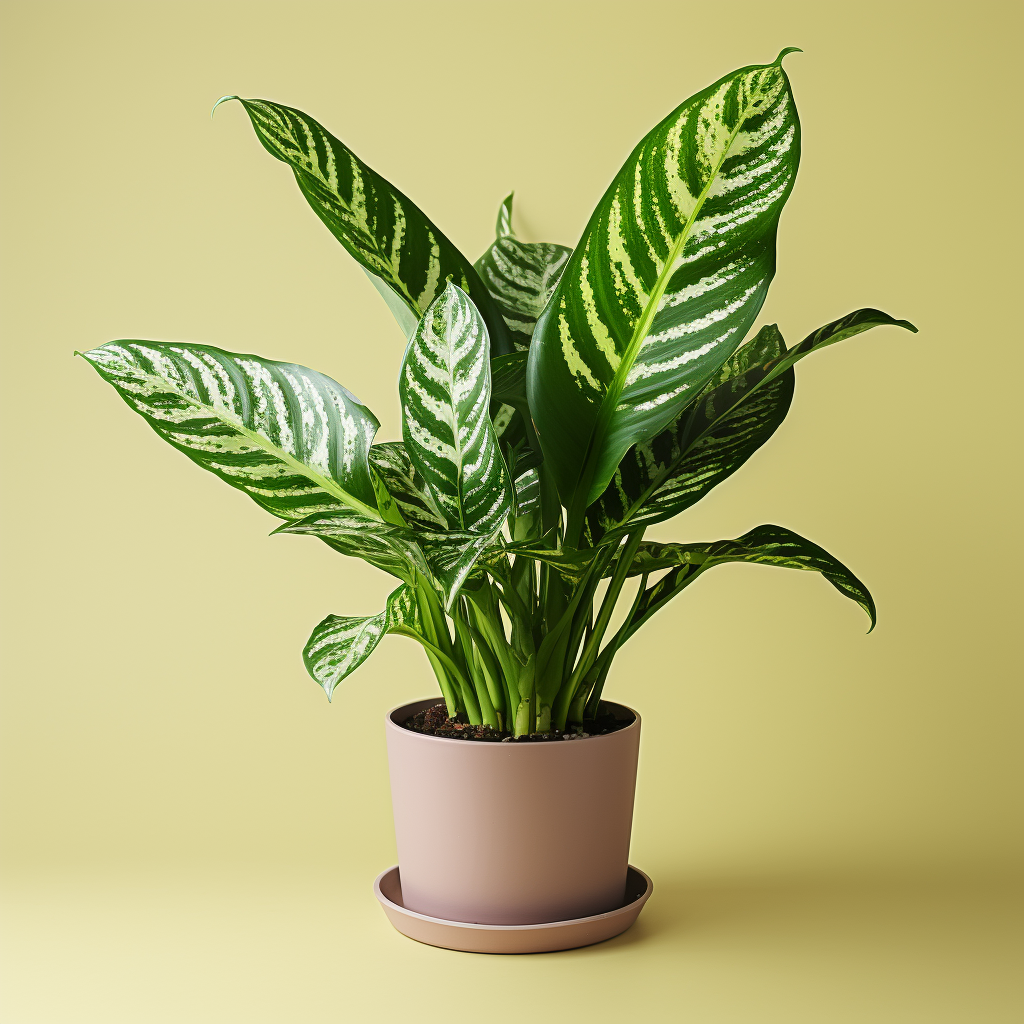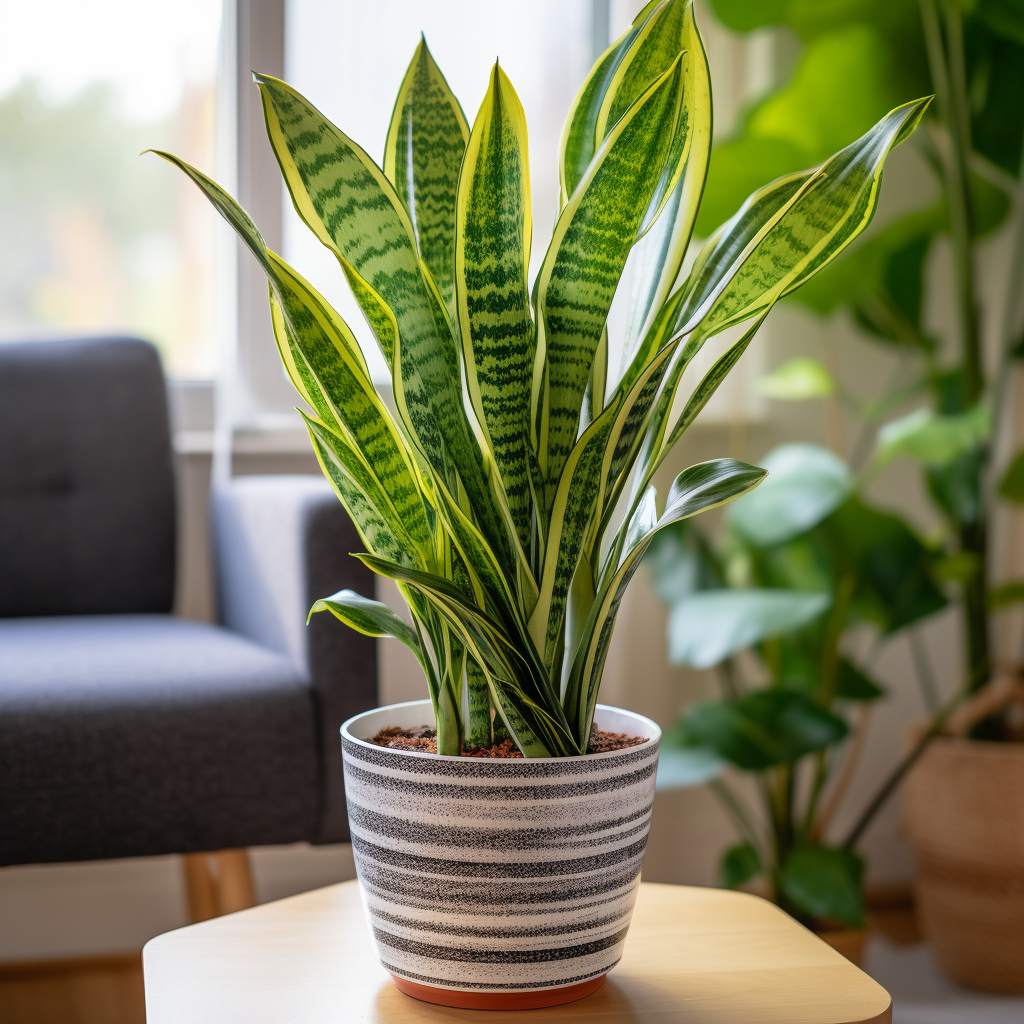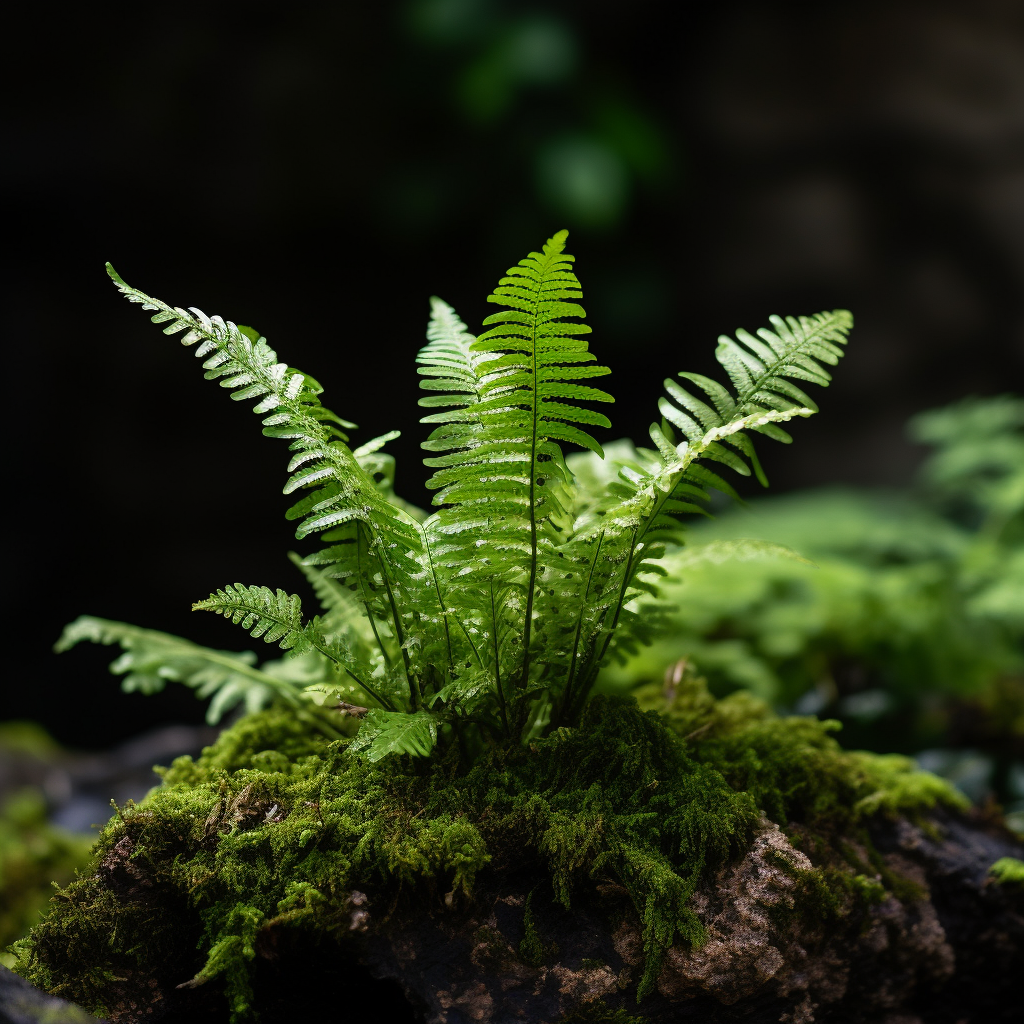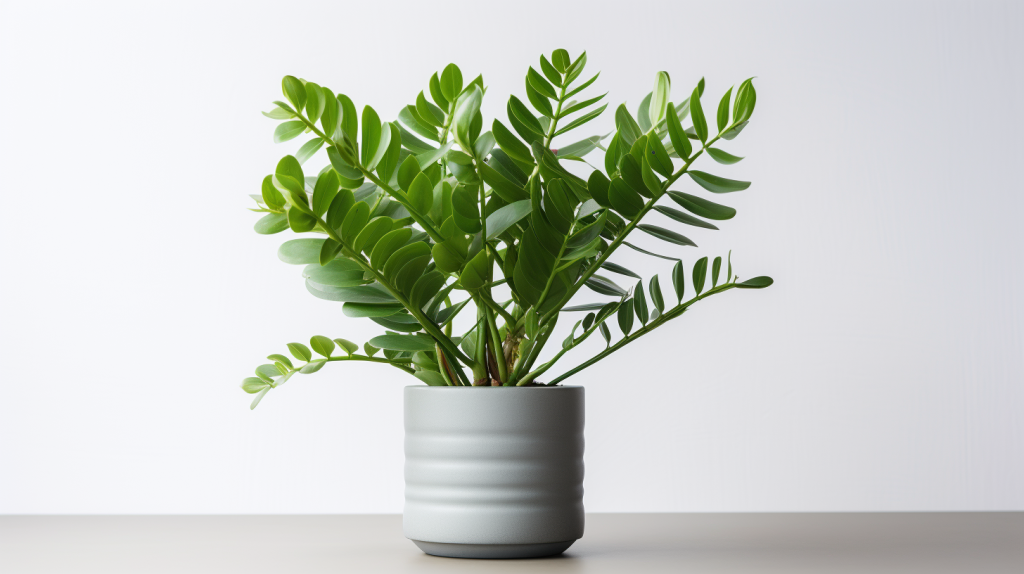From deserts to home gardens, and from art to science, the Coral Cactus truly stands out as an entrancing spectacle in the world of botany. Its unparalleled beauty and charm often leave plant enthusiasts and even casual observers in awe. Dive deeper into the mystique of the Coral Cactus, and by the time you’re done reading, you’ll want one gracing your living space.
Coral Cactus Description
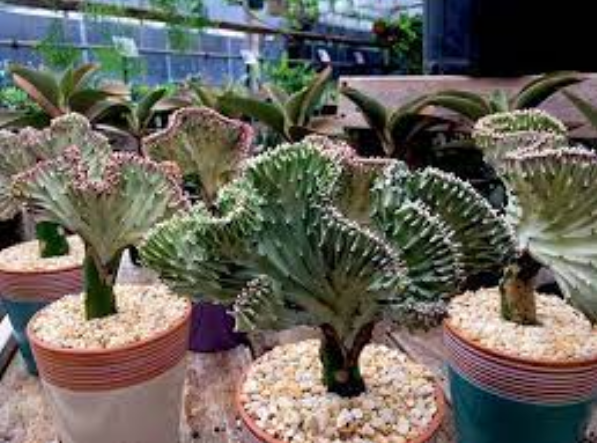
Before we dive into its care and characteristics, it’s crucial to grasp what makes the Coral Cactus, or Euphorbia lactea cristata, so unique. This isn’t your usual plant; it’s a work of art. Born from the grafting of two distinct succulent species, its design marries the smooth green base of one with the ridged, coral-like structure of the other. This harmonious blend results in its striking appearance and the name – Coral Cactus.
Facts About Coral Cactus
- The Misleading Moniker: Although it proudly bears the name ‘cactus,’ it’s technically a euphorbia. Isn’t it fascinating how names sometimes don’t reveal the full story?
- A Crafted Beauty: The Coral Cactus we adore isn’t a gift from nature in its recognized form but a marvel of human intervention. By grafting two succulents, we’ve been given this delightful oddity.
- Traveling Across Continents: Originating from the heartlands of India, this plant’s beauty has transcended borders, making it a beloved resident of gardens worldwide.
Care for Coral Cactus
Tending to a Coral Cactus is akin to taking care of a rare gemstone.
- Water: Unlike many plants, Coral Cactus is drought-tolerant. Imagine a cactus sipping water occasionally like one enjoying a vintage wine; that’s how your Coral Cactus drinks.
- Soil Requirements: Think of a sandy beach meeting a forest. A blend of potting soil and sand (or a commercial cactus mix) would recreate this scenario, offering perfect drainage.
- Ambient Temperature: These beauties bask in warmth. If your surroundings oscillate between 60°F to 85°F, you’ve hit the Coral Cactus jackpot!
How to Grow Coral Cactus
Growing this plant might make you feel like a botanical artist.
- The Art of Propagation: Regular cuttings won’t do. The Coral Cactus requires grafting, demanding a bit more expertise but promising immense satisfaction.
- Planting Procedure: Post-grafting, nestle it in the aforementioned soil blend.
- Spot Selection: Envision a cozy corner with dappled sunlight; that’s where your Coral Cactus yearns to be.
Problems that May Occur with Coral Cactus
Life isn’t always smooth sailing, and the Coral Cactus journey has its bumps too:
- Water Woes: Waterlogged soil is the archenemy. Ensure your pot has drainage holes and the soil mixture is porous.
- Uninvited Guests: The plant might attract mealybugs and spider mites. Regular checks and prompt action will keep them at bay.
Is the Coral Cactus Poisonous?
This botanical beauty hides a secret. It secretes a milky sap which, upon contact, can be irritable. Much like a rose with its thorns, handle with care and awareness.
Is The Coral Cactus Indoor Or Outdoor?
While adaptable to both terrains, indoors, under controlled conditions, it tends to thrive. Yet, in a temperate climate, outdoors can be equally welcoming.
How Much Light Does A Coral Cactus Need?
Sunbathing in direct sunlight isn’t its thing. Imagine it lounging under a parasol on a sunny beach; that’s the kind of bright yet indirect sunlight it craves.
Is Coral Cactus Fast Growing?
Patience is key. While it might seem like the Coral Cactus is taking its sweet time to grow, the journey and the outcome are worth the wait.
Conclusion
The Coral Cactus serves as a testament to the wonders of both nature and human ingenuity. Its care might seem demanding, but the joy of watching it flourish is unparalleled. As every gardener knows, plants aren’t just about aesthetics; they’re stories, experiences, and journeys. With the Coral Cactus, you’re not just growing a plant; you’re curating an experience.
FAQs
Does the Coral Cactus bloom?
Unlike many of its counterparts, the Coral Cactus typically doesn’t flower. It lets its unique structure do the talking.
How often should I fertilize?
During growing season, once every month with a diluted, balanced fertilizer should suffice.
Why are there brown spots on my Coral Cactus?
This could indicate sunburn or fungal infection. Adjust its location and inspect for other symptoms.
How long can a Coral Cactus live?
With proper care, it can thrive for many years, becoming a long-term companion.
Is it safe for pets?
Given its irritant sap, it’s best to keep pets away.

